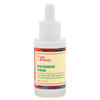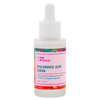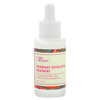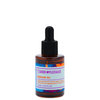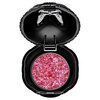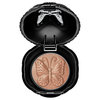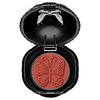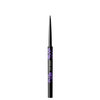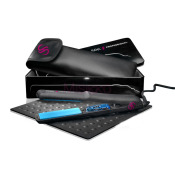
Straight hair has been a hair-do for decades, but if you’ve found yourself lost in the aisle at the beauty supply shop, or getting dizzy on Google seeking out the perfect flatiron, worry not! We’re here to the rescue, so keep these handy tips in mind before you splurge on the latest straightening technology.
PICK THE RIGHT WIDTH FOR YOUR HAIR LENGTH
Flatirons are available in a variety of lengths and widths. Remember that wide iron plates are best for longer hair, while thin plates are great for short styles and bangs, as they allow you to get closer to the root.
THICK, CURLY, OR KINKY HAIR? TRY AN IRON WITH A BUILT-IN BRUSH
Seek out irons that feature brush bristles or a detangling comb which will straighten thick hair more evenly. Conventional flatirons can mash thick hair down, giving you less-than-satisfactory results.
KNOW YOUR PLATE OPTIONS
Ceramic? Tourmaline? Titanium? Which to choose? While ceramic plates are the all around favorite, they’re often the most expensive option. If your hair is thin, you may experience less breakage with titanium plates which are the smoother than other plate varieties. Tourmaline plates made from the crushed mineral are a popular choice often found in inexpensive straighteners. The gem technology is believed to create more negative ions, giving hair a smoother texture with every use.
IRONICALLY, THEY'RE ALL IONIC
Ions are atoms that carry either a positive or negative electrical charge. The reason damaged hair becomes frizzy and dry is because positive ions keep the follicles open. Tourmaline flatirons boast a high count of negative ions, but don’t be fooled—all commercial flatirons including ceramic and titanium options create a negative ionic charge, helping you cut down on follicle damage no matter which variety you choose.
DON'T SPLURGE ON COATED CERAMIC
Many ceramic flatirons on the market are actually ceramic-coated titanium or aluminum plates—an easy way to decrease the cost and keep the quality high. If you can find an affordable alternative, why splurge on a pricey ceramic-plated option? If you're ready to drop a bundle, seek out a pure ceramic iron (such as the HANA Elite flatiron, or the FHI Heat Runway iron) instead. You’ll get superior even heat distribution, top results, and an often lifetime guarantee.
GETTING HOT-HEADED OVER HIGHER TEMPERATURES?
A common mistake when choosing an iron is picking the one that gets the hottest. Though it’s tempting to crank up the heat for quick results, its an awful way to treat your hair. If your new iron is able to heat up to 400°F, that should be plenty to straighten even the most stubborn of locks. If you can get away with less heat, go for it.
EVEN THE NICEST IRON IS CAPABLE OF THE NASTIEST DAMAGE
Flat irons are still heavy beauty machinery, capable of causing heat damage no matter the plate or the price tag. Though ceramic is considered to be the least damaging option, with excessive use it too will result in split ends and breakage. Use heat protectant products every time you iron your hair.
YOU GET WHAT YOU PAY FOR
But it ain’t all bad! Cheap irons still straighten hair when used properly, just don’t expect them stand up to tricky jobs or to last more than a few years. If your $20 iron cracks after a few months of straight use (no pun intended), don’t act too shocked.
BOTTOM LINE
Know your hair and know your options. Don’t be fooled by high heat settings, scientific claims, or sky-high prices. Take care when ironing and you’ll be straight up stylin’!
Featured Products
You Might Also Like
-
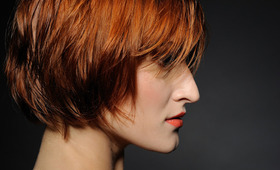
Hair
Short and Sweet Hair Inspirations
- 90
-
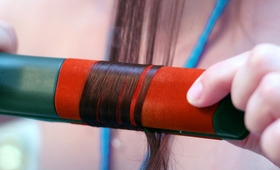
Hair Tools
Heat Index: How Hot is Too Hot?
- 320
-

Hair
Lovely Styles For Long Locks
- 295
-
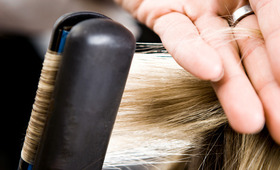
Hair Tools
Flatirons: The Perfect Plate For You
- 905
-

Blow Dryers
40 Extra Ways to Use Your Blow Dryer
- 4
-

Hair Tools
Big Sexy Hair
- 155
-

Hair
Hair Review: Goody Spin Pins
- 71
-
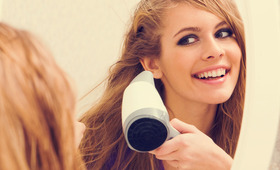
Hair
What You Need to Know About Blow-Dryers
- 185



